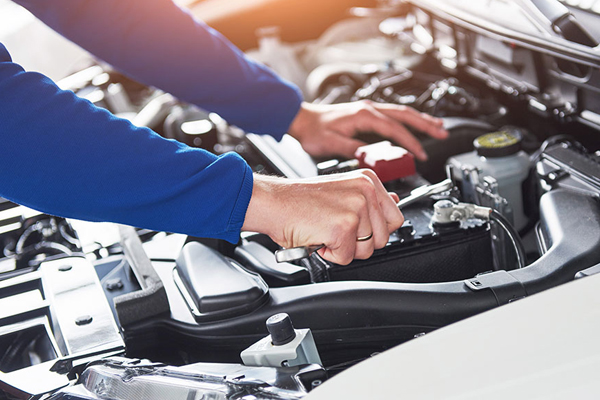All Categories
Featured

The check engine light (CEL) is just one of the most important caution systems in your automobile, yet it usually causes complication or worry for several motorists. Recognizing what this light stands for and exactly how to handle it can conserve you time, cash, and unnecessary stress and anxiety. This overview provides an introduction of what triggers the CEL, its possible implications, and the steps you must take when it illuminate.
What Does the Examine Engine Light Indicate? The CEL becomes part of your vehicle's onboard diagnostics system (OBD), which monitors engine performance and exhausts. When the system detects a problem that needs your attention., it illuminates.
Strong Light: Signals a non-urgent problem however one that must be attended to soon, such as a sensor breakdown or emissions-related concern. Flashing Light: Shows a vital problem like an engine misfire. Driving in this condition can create serious damage, so immediate action is required. Typical Reasons For the Check Engine Light. The CEL can light up for a large range of factors, some small and others much more serious. Below are several of one of the most frequent causes:
[1].jpg)
Loose or Damaged Gas Cap:
A loose gas cap can compromise the gas system, causing the CEL. Checking and tightening up the cap is a simple very first step when the light comes on. Faulty Oxygen Sensor:
This sensing unit keeps an eye on the air-to-fuel proportion in your engine. A malfunction can decrease gas effectiveness and increase emissions. Malfunctioning Catalytic Converter:
The catalytic converter helps in reducing dangerous exhaust emissions. Overlooking other engine concerns, like misfires, can lead to catalytic converter damages. Ignition System or Ignition Coil Issues:
These elements are vital for starting and running your engine smoothly. Regular upkeep can stop wear and failure. Mass Air Movement Sensing Unit Problems:
This sensing unit measures the amount of air going into the engine to ensure ideal performance. A defective or filthy sensing unit can decrease performance and power. When the Inspect Engine Light Comes On, actions to Take. Inspect the Gas Cap:
See and tighten the cap if the light shuts off after driving a few miles. Observe the Lorry's Behavior:
Keep in mind any type of uncommon signs and symptoms like harsh idling, reduced power, or unusual sounds. Check the Codes:
Use an OBD-II scanner to retrieve trouble codes saved in your cars and truck's computer. Several automobile components stores provide this service free of charge. See a Mechanic:

If the light continues to be on or is blinking, take your lorry to a specialist for an in-depth medical diagnosis. Stopping Inspect Engine Light Issues. Proactive maintenance is the most effective means to stay clear of CEL problems. Adhere to these pointers:
Adhere To a Routine Upkeep Set Up: Adjustment your oil, replace filters, and check stimulate connects in a timely manner. Check the Gas Cap: Change damaged caps to avoid leaks in the fuel system. Use Quality Gas: Poor-quality gas can add to sensor and discharges concerns. Why Prompt Activity Issues. Disregarding the CEL can cause more severe troubles, such as engine damages or expensive repair work. If ignored., a tiny issue like a loose gas cap can grow out of control right into a significant cost.
Final thought. The check engine light is an important device for keeping your lorry's health and wellness. By comprehending its purpose and responding without delay, you can avoid unnecessary repair work and maintain your auto running smoothly. The following time the CEL comes on, remember to stay calm, examine the basics, and seek advice from an expert if needed.
Latest Posts
Experience the Style of Hardwood Flooring with Carpet Interiors Floor & Home
Published Apr 19, 25
1 min read
Exploring the Perks of WyHy Share Interest-bearing Account
Published Apr 19, 25
1 min read
Stress-Free Birthday Celebration Celebration Preparation at FunCity Resort
Published Apr 19, 25
1 min read
More
Latest Posts
Experience the Style of Hardwood Flooring with Carpet Interiors Floor & Home
Published Apr 19, 25
1 min read
Exploring the Perks of WyHy Share Interest-bearing Account
Published Apr 19, 25
1 min read
Stress-Free Birthday Celebration Celebration Preparation at FunCity Resort
Published Apr 19, 25
1 min read